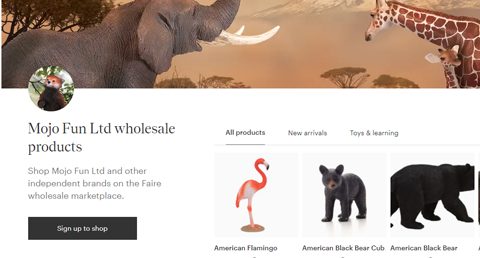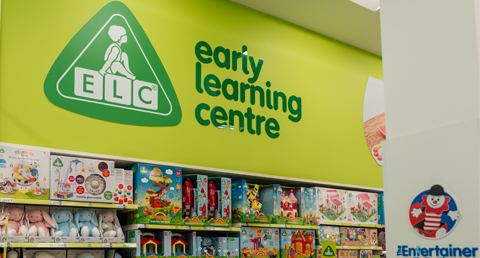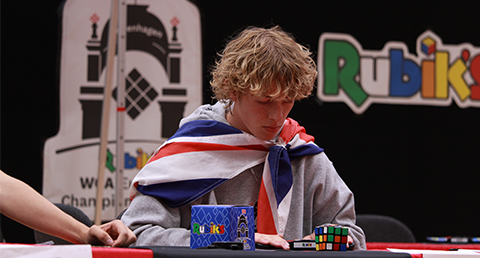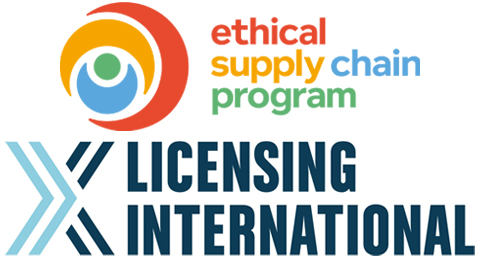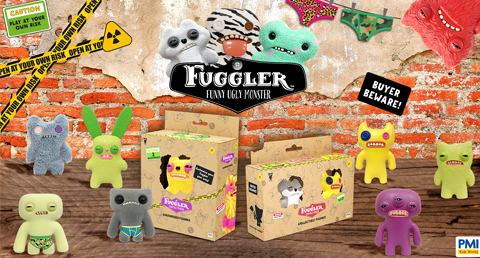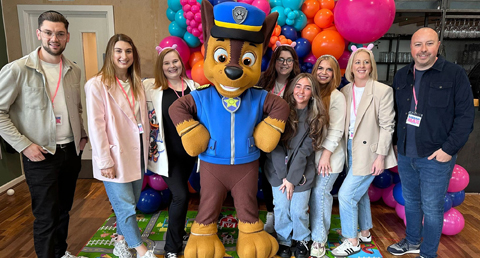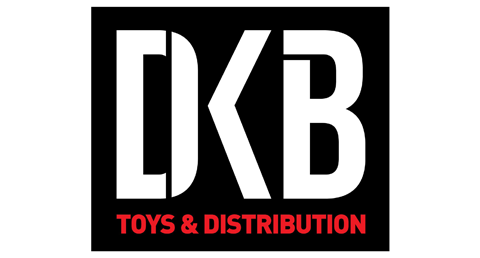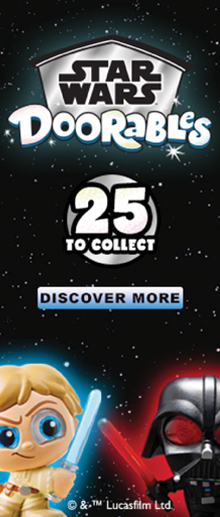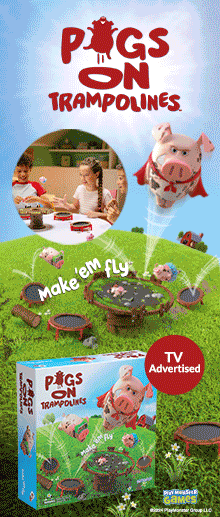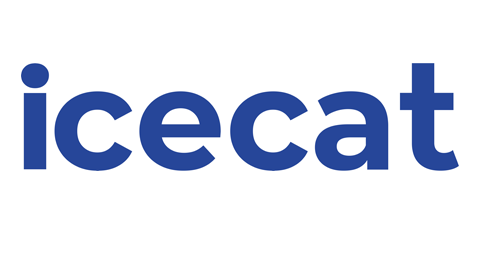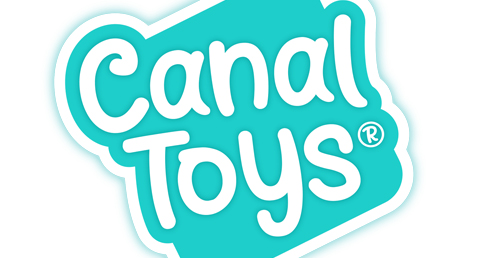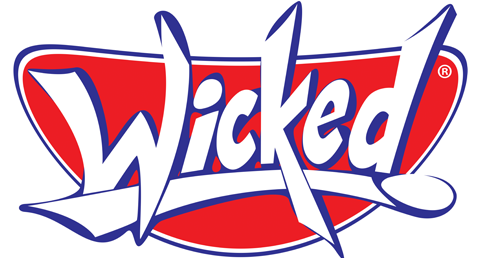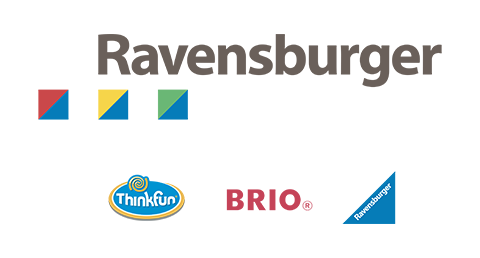In our August edition, Ruth examined how the toy industry can reconcile the need to reduce its environmental impact with the compulsion to grow sales, whilst meeting the expectations of stakeholders.
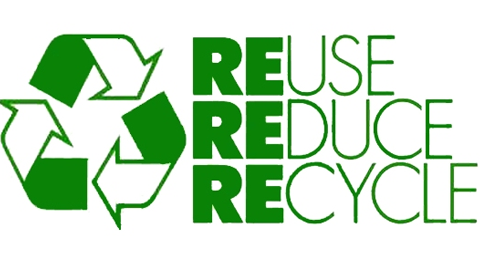 No challenge could be bigger than addressing the scale of plastic waste polluting land and water. 8b kilos of plastic end up in our oceans every year and much of it ultimately ends up in the food chain, from particles found in fish to the salt on the dinner table.
No challenge could be bigger than addressing the scale of plastic waste polluting land and water. 8b kilos of plastic end up in our oceans every year and much of it ultimately ends up in the food chain, from particles found in fish to the salt on the dinner table.
Big challenges inspire the most innovative thinking, obliged as we are to think differently beyond the functional aspects of our products, from how they are packaged to what happens to them when they reach the end of their useful existence.
Some innovators, toy developers like Green Toys Inc, are already re-purposing household plastic waste to produce toys. Of the 3-pronged approach – reduce, recycle, reuse – recycle and reuse are important measures, but the most impactful and powerful of them all is reduce. The key to meeting the challenge overall begins with a reduction in production of “virgin” synthetic plastic, and the toy industry specifically has an important role to play.
Clear plastic is considered by many to be unrivalled in its ability to give products centre stage on shelf, with packaging capturing and holding shoppers’ and kids’ attention in store, whilst keeping contents clean and secure. A well-designed, well placed window pack with inner tray can harness store lighting to place the spotlight on the product inside. Blister packs create a sense of 3D product visibility and add vibrancy to strong colours under store lighting. Nevertheless, synthetic plastic is neither biodegradable nor wholly recyclable. Bioplastic may not be the perfect solution, given that opinions amongst environmental experts are divided about the benefit versus the harm of producing bioplastic to replace the synthetic version. However, crucially, bioplastic is biodegradable, so as an alternative, it may offer the best step forward available to us…for now.
Ruth goes on to discuss alternative packaging and display strategies and how companies can use these to evolve their offering, to make it more suitable for today’s consumer.
To read the full article, which appeared in the August edition of Toy World, click here.





